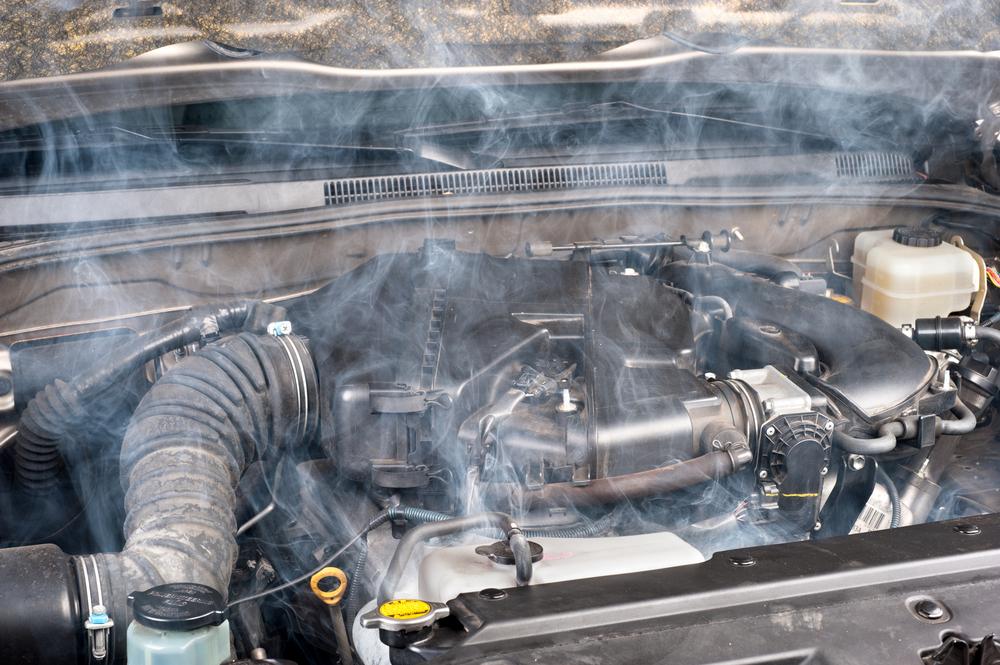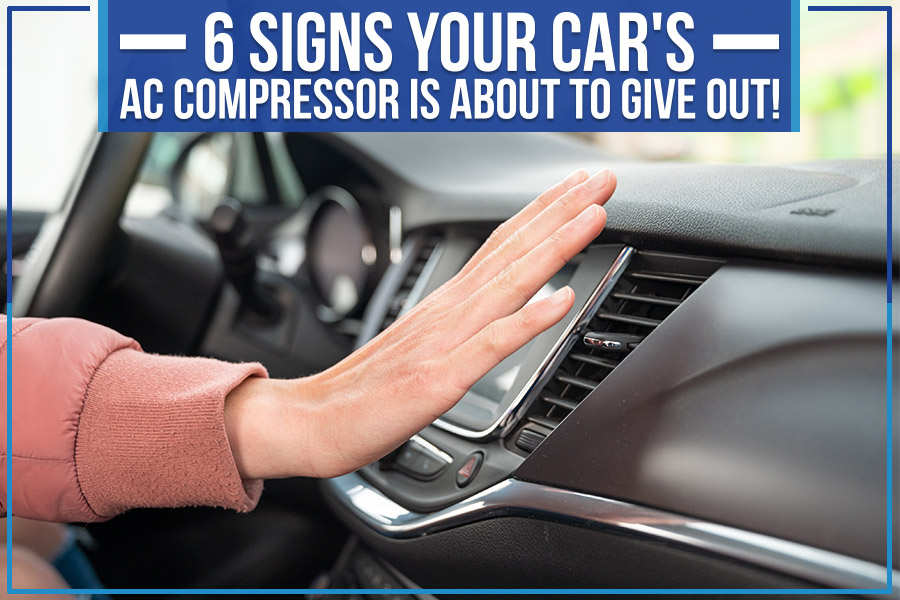Can You Drive With a Bad Heater Core
You can drive with a bad heater core, but it’s not recommended. Doing so may lead to overheating and potential damage to the engine.
Driving with a malfunctioning heater core can challenge any driver facing cold weather or an engine prone to overheating. The heater core is an integral part of a vehicle’s cooling system, operating similarly to a small radiator. It takes the heat from the engine coolant and uses it to warm the cabin.
When this component fails, you may experience foggy windows, a sweet smell indicating coolant leaks, or a lack of warm air coming from the vents. Continuing to operate a vehicle under these conditions not only compromises comfort but also risks further damage to the engine, should the leaking coolant lead to a low coolant level and cause the engine to overheat. Ignoring these warning signs can result in costly repairs, so while the car will function, addressing heater core issues promptly is crucial for overall vehicle health and safety.

Credit: www.carparts.com
Signs Of A Bad Heater Core
Wondering why the inside of your car feels like an icebox or smells like a chemical plant? Your vehicle’s heater core could be the culprit. Pay attention to these signs to catch a failing heater core before you’re left in the cold.
Diminished Heating Performance
Cold air blowing from your vents when you expect warm can indicate a problem. If turning up the heat doesn’t solve it, your heater core may need a check.
Coolant Odor Inside The Cabin
Noticing a sweet smell inside your car? This can signal leaking coolant from the heater core. Breathing in these fumes is not safe.
Foggy Windows And Dashboard Moisture
Mystery moisture on the inside of your windows or dashboard could mean a leaky heater core. If wiping the fog off your windows is becoming a frequent task, it’s time for a heater core inspection.
Engine Overheating And Coolant Loss
Is your engine running hotter than normal, or is your coolant disappearing? These could be red flags for a heater core issue. Keeping an eye on the temperature gauge and coolant levels could save your engine from heat damage.

Credit: m.youtube.com
Risks Of Driving With A Malfunctioning Heater Core
Understanding the risks of driving with a malfunctioning heater core is crucial for any driver. It’s not just about staying warm; it’s about ensuring your vehicle operates safely. Let’s explore what could go wrong.
Reduced Visibility Due To Windshield Fogging
A heater core in disrepair means diminished demisting function, leading to foggy windows. This is a safety hazard as it impairs your ability to see the road clearly.
- Fog on the windshield during cold weather
- Difficult visibility complicates driving maneuvers
Possible Coolant Leak And Its Consequences
A compromised heater core can result in a coolant leak. Without adequate coolant, your car’s engine may overheat, potentially leading to costly repairs.
| Consequence | Outcome |
|---|---|
| Coolant loss | Higher engine temperatures |
| Engine wear | Shortened engine life |
Engine Damage Due To Overheating
Overlooking a faulty heater core may cause your engine to run too hot. This sometimes leads to engine damage, which can mean a hefty repair bill.
- Heat builds up with no escape
- Engine components fail
- Major repairs or replacement needed
Toxic Coolant Fumes Inside The Car
Leaking coolant can emit harmful fumes. Exposure to these fumes while driving is not only unpleasant but also poses a health risk.
- Coolant has a sweet smell that can fill the car
- Inhaling fumes may lead to health issues
Short-term Solutions While You Drive
Battling a bad heater core can turn a simple drive into a game of endurance and safety. Quick fixes may keep you on the road until permanent repairs take place. Let’s tackle short-term solutions for your drive.
Managing Visibility Without The Defrost Function
Visibility is crucial. Without a working defroster, windows fog up fast. Keep a microfiber cloth within reach to wipe down the interior glass. Crack a window slightly to reduce moisture. This strategy helps you maintain clear visibility until you can fix the problem.
Temporary Measures To Prevent Coolant Loss
Coolant is vital for your engine. A leaky heater core risks engine health. Sealing additives bought from auto shops can temporarily stop coolant leaks. Only use these as a short-term fix. Permanent repair should be your next step.
Monitoring The Engine Temperature Closely
- Keep an eye on the dashboard’s temperature gauge.
- Pull over immediately if the needle points to hot.
- Check coolant levels often to ensure no overheating.
Maximizing Cabin Ventilation
Fresh air from outside can ease the discomfort from a broken heater core. Open windows a touch to get air flowing. Use car vents to draw in outside air. This won’t heat the car, but it will keep the cabin ventilated.

Credit: www.carparts.com
Long-term Repercussions Of Ignoring The Problem
Ignoring a faulty heater core can seem like a small issue at first. But this small problem can lead to much bigger issues down the road. The heater core is part of the car’s cooling system. It keeps the engine from overheating. It also provides heat inside the car during cold weather. Let’s explore the long-term repercussions of driving with a bad heater core.
Compromising The Heater Core Further
A damaged heater core won’t get better on its own. The more you drive, the worse it gets. This can cause coolant leaks. Leaks can lead to overheating and severe engine damage. Once the heater core goes bad, the cost to fix it grows fast.
Possibility Of Major Engine Repairs
When you ignore a bad heater core, you risk major engine repairs. The heater core is a part of the engine’s cooling system. When it fails, it does not remove heat from the engine. This can cause the engine to overheat. An overheated engine can crack or seize, requiring expensive repairs or replacement.
Potential Impact On Vehicle Resale Value
- Decreased Functionality: A working heater is a basic expectation for car buyers.
- Visible Damage: Signs of coolant leaks or an overheated engine scare buyers.
- Repair Costs: Buyers will factor in the cost to fix the heater core, reducing offers.
These issues can significantly reduce the resale value of your vehicle.
Safety Concerns Over Persistent Toxic Exposure
Driving with a bad heater core may expose you to toxic fumes. Coolant leaks into the cabin, releasing harmful chemicals. These fumes can cause health problems if breathed in for too long. This is especially dangerous for children and pets. It’s vital to repair a broken heater core to ensure the safety of all passengers.
Repair Or Replacement: Addressing The Issue
Is your car chilly inside or windows fogging up? That might be a bad heater core. Don’t fret! Understanding what to do can make a big difference. This key component keeps you warm and your view clear. Let’s dive into whether it needs fixing or replacing.
Understanding The Costs And Process
The expense of repairing or replacing a heater core varies. It could range from a couple hundred to over a thousand dollars. Multiple factors affect the cost: vehicle type, parts pricing, and labor costs.
- Assessment of the heater core damage
- Cost of new heater core
- Labor charges for the technician’s time
The repair process includes flushing the system, removing the dashboard, and placing the new core. This takes time—sometimes a full day in the shop.
Diy Fixes Versus Professional Repair
Confident with car repairs? Some opt for a DIY fix. It can lower costs but demands skill and dedication. For most, professional repair is the best route.
| DIY Repair | Professional Repair |
|---|---|
| Costs less, but risks are higher | More costly, less risk, warranty |
| Needs specific tools and knowledge | Done by trained technicians |
| Time-consuming, could take longer | Quicker with specialized equipment |
Determining The Right Time To Repair The Heater Core
Signs like in-car antifreeze odor, foggy windows, and lack of heat indicate it’s time. Act fast to prevent bigger engine issues. Waiting might lead to costlier damages.
Aftercare Following Heater Core Service
Post-service, keep an eye on your car’s heating system. Look for leaks or odd smells, and maintain regular check-ups. These actions keep your vehicle in top shape after any heater core service.
- Monitor heater efficiency
- Check for leaks regularly
- Schedule follow-up services
Preventative Measures To Avoid Future Issues
Maintaining your vehicle is vital for safety and longevity. A healthy heater core is critical for both. Prevent future problems with these steps:
Regular Coolant System Maintenance
Keep your engine running cool and your heater working by checking your coolant level often. Replace old coolant and inspect the system every 30,000 miles or as advised by your vehicle manufacturer. This simple habit can save you from costly repairs.
Don’t neglect the coolant system. A well-maintained system means a happy heater core.
Promptly Addressing Coolant Leaks
- Spot leaks early. Look under your car for puddles.
- Check hoses and the radiator for leaks.
- Repair leaks immediately. Avoid larger issues down the road.
Heater Core Flush – A Beneficial Routine
The heater core is like a little radiator that needs flushing. Doing this every couple of years keeps it free from buildup. A clean heater core performs better and lasts longer.
Flush it out. Keep your car’s heat and defrosting functions in top shape.
Being Attentive To Early Warning Signs
- Watch for fog inside the windows. It could mean your heater core is failing.
- Feel for less heat or a cool breeze when the heater is on.
- Smell of coolant inside the car? Act fast.
- Note any changes in engine temperature gauge.
Heed these signs and check your heater core to avoid worse problems.
Frequently Asked Questions For Can You Drive With A Bad Heater Core
What Is A Heater Core’s Function In A Car?
A heater core is a crucial component that warms the inside of the car. It does this by transferring the engine’s heat to the cabin air, which is then blown in by the car’s fan.
Can Driving With A Bad Heater Core Be Dangerous?
Driving with a bad heater core can be risky. It might lead to the windshield fogging up due to coolant leakage, reducing visibility. Over time, this can also cause engine overheating, which is potentially dangerous.
How Do I Know If My Heater Core Is Failing?
Signs of a failing heater core include a sweet smell inside the car, consistent fogging on the windows, and a consistently cold cabin. If your car shows these symptoms, it’s wise to get it checked.
What Are The Risks Of Ignoring A Bad Heater Core?
Ignoring a bad heater core can result in further damage, such as coolant loss, engine overheating, and potential engine failure. It’s essential to address the issue to avoid more extensive repairs.
Conclusion
Driving with a faulty heater core can be risky, especially in extreme weather. It’s essential to consider the potential implications for safety and comfort. Addressing the issue promptly avoids escalating problems, ensuring a pleasant and secure driving experience. Remember, your vehicle’s condition reflects directly on your road safety.







